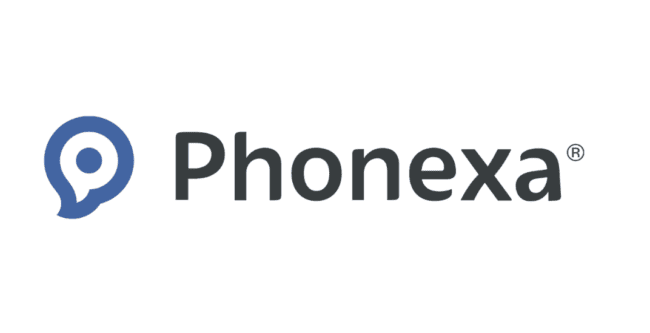Guess Who: Publisher, Partner, Influencer or Affiliate?

Understanding the distinct roles of publishers, partners, influencers, and affiliates can be confusing, even for seasoned professionals. This article aims to demystify these roles and equip you, the affiliate and affiliate manager, with a clear understanding of each player in the ecosystem.
Publisher: The Content Creator
Think of a publisher as the owner of the real estate. They create and curate content on their platform, be it a website, blog, social media channel, or app. Publishers attract an audience through their content and establish a level of trust and engagement. They offer valuable space for others to promote their products or services.
Key characteristics:
- Owns and operates a platform with an established audience.
- Creates and distributes original content.
- May have their own affiliate program or partner directly with brands.
Examples: Buzzfeed, The New York Times, TechCrunch, individual bloggers.
Partner: The Strategic Collaborator
Partners come in various forms, but they all share a deeper level of collaboration with brands than traditional affiliates. Partnerships can be strategic alliances, co-marketing initiatives, or even joint product development ventures.
Key characteristics:
- Works closely with brands on specific campaigns or initiatives.
- May involve co-branding, joint marketing efforts, or product development.
- Often requires a signed agreement outlining the scope of the partnership.
Examples: Red Bull and GoPro, Spotify and Hulu, Nike and Apple Watch.
Influencer: The Social Savvy
Influencers leverage their social media presence and engaged audience to promote brands. They can be celebrities, micro-influencers with niche followings, or industry experts with thought leadership.Their influence stems from their ability to connect with their audience and build trust.
Key characteristics:
- Has a large and engaged following on social media platforms
- Creates content that resonates with their audience and promotes brands.
- May or may not participate in formal affiliate programs.
Examples: Kim Kardashian, Chiara Ferragni, Gary Vaynerchuk, niche food bloggers.
Affiliate: The Performance-Driven Promoter
Affiliates are the performance-based marketers of the bunch. They promote brands through various channels (website, social media, email marketing) and earn commissions based on specific actions, like sales or leads generated
Key characteristics:
- Promotes brands through their own marketing channels.
- Earns commissions based on performance metrics (sales, leads, clicks).
- Often participates in affiliate programs managed by brands or affiliate networks.
Examples: Coupon websites, cashback platforms, individual affiliate marketers promoting products on their blogs or social media.
The Overlapping Circles:
It’s important to remember that these roles are not mutually exclusive. Publishers can be partners, influencers can be affiliates, and so on. The key lies in understanding the primary focus and value proposition each player brings to the table.
Here’s a table summarising the key differences:
| Role | Primary Focus | Value Proposition |
|---|---|---|
| Publisher | Content creation and audience engagement | Valuable platform for brand promotion |
| Partner | Strategic collaboration with brands | Deep integration and co-creation opportunities |
| Influencer | Leveraging social media influence | Brand awareness and engagement through trusted voice |
| Affiliate | Performance-based promotion | Driving sales and conversions through targeted marketing |
Understanding these roles is crucial for affiliates and affiliate managers to:
- Develop effective partnerships: Tailor your approach to each player based on their strengths and motivations.
- Negotiate win-win deals: Clearly communicate the value you bring and understand the partner’s expectations.
- Track performance effectively: Choose the right metrics to measure success based on the chosen role (impressions, clicks, conversions).
- Build a strong network: Collaborate with different players in the ecosystem to maximize reach and impact.
By understanding who’s who in the digital marketing game, you can navigate partnerships more effectively and achieve greater success in your affiliate marketing endeavours. Remember, it’s all about finding the right fit and building mutually beneficial relationships for a thriving ecosystem.
Bonus Tip: When unsure of a player’s role, directly ask them about their preferred method of collaboration and how they measure success. Open communication is key to building strong and lasting partnerships.
Register your attendance for AMPLIFY 2024
Accelerate your affiliate marketing performance at our two-day digital summit. Join us on March 19 and 20. Check out our industry expert speakers, view the agenda and reserve your place here.






